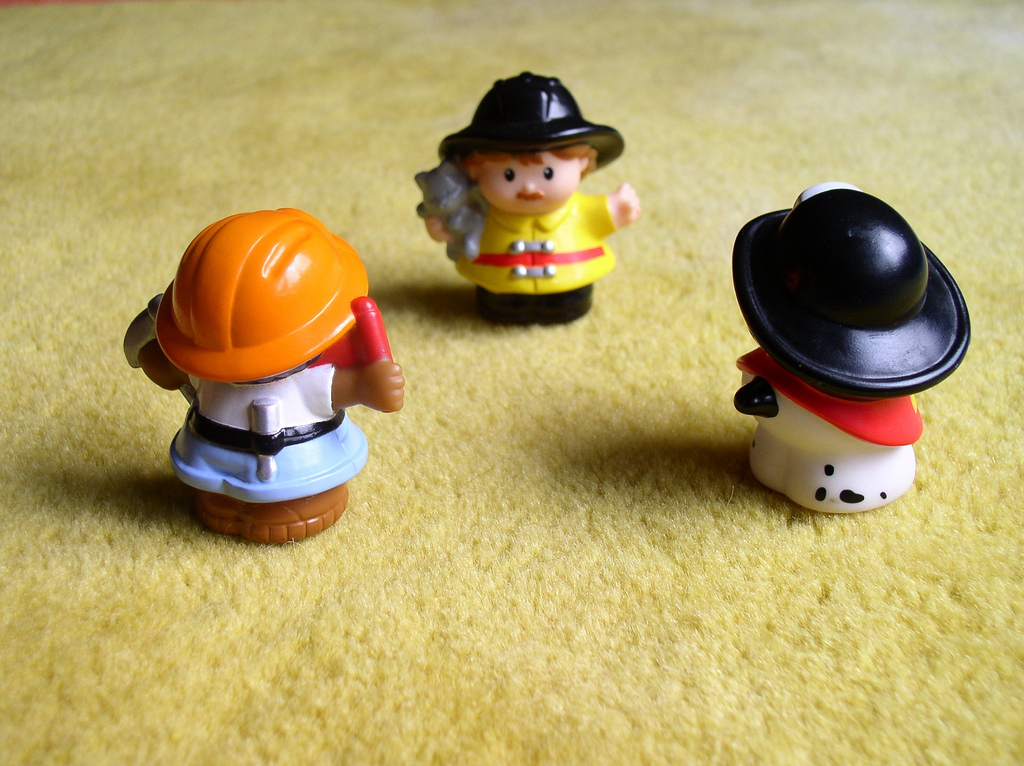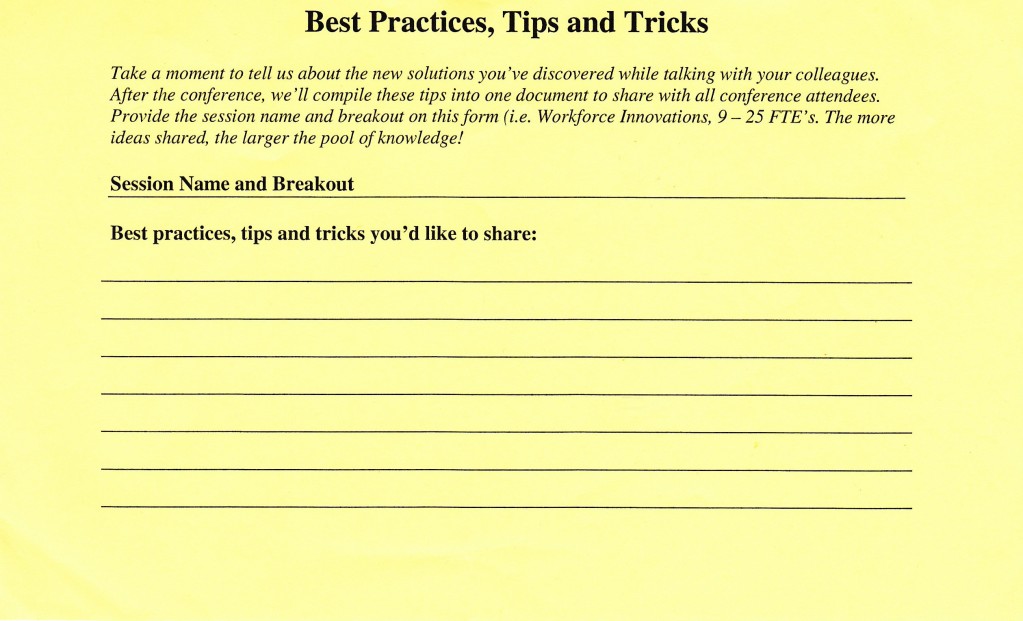Group culture and event leadership

I tend to employ an organic model, in which group members are seen in terms of their uniqueness, rather than categorized by their roles. An organic point of view allows and encourages people to find ways to work together in a variety of complex situations, and leads toward problem-solving that benefits everyone.
An example of organic leadership
For example, a conference steering committee I coordinated was offered the option of engaging a well-known, desired keynote speaker for a conference to be held in six months. Initially, his appearance fee was more than our budget could handle. But, at the last minute, he suggested appearing virtually, giving his presentation on a large video screen, at an affordable fee. We needed to quickly find out whether the conference site could support a virtual presentation.
If we had been using a linear approach to group organization, we would have already chosen the steering committee member responsible for technical issues and it would be her job to resolve this issue. If she were busy or sick, I’d have had to poll the other committee members for help and ask someone to take on additional work. In this case, our committee was comfortable with an organic approach, so I sent a request for help to all the steering committee members, most of whom had some technical expertise.
Because the committee culture was one of staying flexible in the face of unexpected circumstances, cooperatively working together to solve problems, and respecting each member’s unique constraints and contributions, I didn’t worry about treading on anyone’s toes by sending out a general request for help. The outcome: One of the committee members had some free time and immediately offered his expertise, while another, the speaker liaison, told us he thought the speaker would have the information we needed and would check with him.
How do you build this kind of culture for your conference organizing team?
This brings us to the question of what leadership means in the context of organizing and running a conference. Every book on leadership has a different approach; here’s what fits for me.
Author and polymath Jerry Weinberg describes organic leadership as leading the process rather than people. “Leading people requires that they relinquish control over their lives. Leading the process is responsive to people, giving them choices and leaving them in control”. Jerry’s resulting definition of leadership is “the process of creating an environment in which people become empowered.” This is what I try to elicit when working with a conference organizing team.
I also find Dale Emery’s definition of leadership helpful. Dale describes leadership as “the art of influencing people to freely serve shared purposes”. Bear this definition in mind as you work with your conference organizing team. It ties your interactions with them to your shared goal of realizing a vision, in this case organizing and running a conference.
Who on the team leads in this way?
Unlike the traditional, role-based version of leadership, any member can help build an atmosphere that supports this kind of leadership. Once the seeds of this culture are established, I’ve found that it tends to become self-perpetuating. People like working together in this way. Experiencing a conference team coming together, with the members enjoying their interactions while creating a great event, is one of the most satisfying aspects of my work.
Although the impetus for an organic approach can come from any team member, the conference coordinator is the natural initiator of these flavors of leadership. She is responsible for keeping the conference planning on track and avoiding planning and execution snafus. She does this, not by ordering people around, but through a respectful flow of timely reminders, check-ins, questions, requests for assistance, and appropriate redirections.
Some people have little experience working organically. They may join your team with the expectation that others will determine their responsibilities. Or, that a team leader will give them well-defined jobs to do. Often, given a relaxed and open environment where their ideas are encouraged, they will grow into a more active role. They become more confident in their ability to contribute creatively and flexibly to organizing and running the conference.
A helpful reminder for leaders of every kind
Jerry Weinberg suggests you assume that everyone you’re working with wants to feel useful and make a contribution. He quotes Stan Gross’s device for dealing with his feelings that people are not trying to contribute. “They’re all doing the best they can, under the circumstances. If I don’t think they are doing the best they can, then I don’t understand the circumstances.”
Such a mindset will help you focus on finding solutions to people problems that inevitably arise in any group working together on something they care about.
How do you see the intersection of group culture and event leadership? Is your model different? What can you add to these ideas?
[This post is adapted from my book, Conferences That Work: Creating Events That People Love. Photo attribution: Flickr user bdld]

